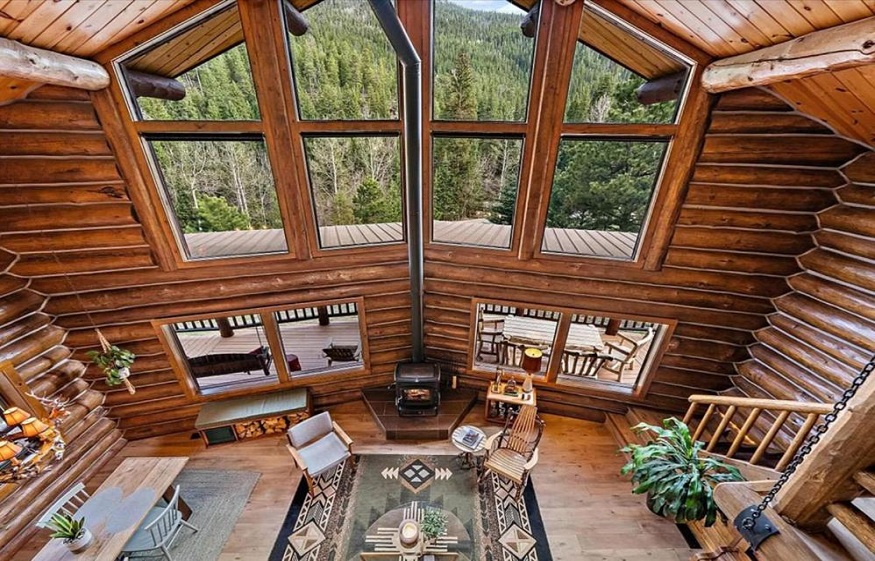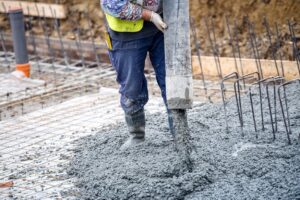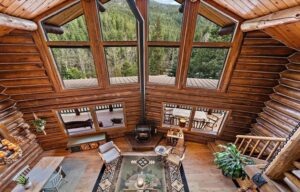If you’ve ever dreamed of having a cosy log cabin at the bottom of your garden — whether as a home office, guest space, or peaceful retreat — you’ve probably asked yourself the same question: “Do I need planning permission for that?”
It’s a sensible concern. While log cabins are one of the most popular garden upgrades in the UK, the rules around planning permission can seem confusing at first. The good news? In most cases, you won’t need it at all.
Here’s everything you need to know before buying and building your dream log cabin.
The Basics: Log Cabins as “Permitted Development”
In the UK, many log cabins fall under something called permitted development rights. That means you can install one without needing formal planning permission — as long as it meets certain conditions.
Essentially, as long as your cabin is considered an outbuilding and not a permanent residence, it’s usually fine. Outbuildings can include sheds, greenhouses, garages, and — yes — log cabins.
However, to qualify as permitted development, your cabin must meet specific size and placement limits.
The Key Rules for Log Cabins Under Permitted Development
Here are the main guidelines you’ll need to follow to stay within the law:
1. Height Restrictions
- The cabin must be single-storey.
- The maximum height is 5 metres if it’s within 2 metres of your garden boundary.
- If it’s further from the boundary, you can go up to 4 metres high (with a dual-pitched roof) or 3 metres (with a flat roof).
2. Size Limits
- Your log cabin and any other outbuildings must not cover more than 50% of your total garden area.
- The measurement includes any sheds, garages, or other structures you already have.
3. Location
- The cabin must be behind the front wall of your house. You can’t put it in your front garden.
- It must not obstruct road visibility or public access.
4. Use and Purpose
- The cabin can be used as a home office, gym, guest room, hobby space, or garden bar, but not as a permanent residence.
- Occasional overnight stays are fine, but it shouldn’t become someone’s main home.
As long as your log cabin fits within these rules, you likely won’t need planning permission at all.
When You Do Need Planning Permission
While most log cabins are permitted, there are some exceptions where you’ll need to apply for approval. These include:
- Listed buildings – If your property is listed, you’ll need permission for any new structure.
- Conservation areas – Certain locations have tighter restrictions on what you can build.
- National Parks, Areas of Outstanding Natural Beauty (AONB), or World Heritage Sites – These often require formal applications.
- Large or multi-room cabins – If your cabin will be used as living accommodation or exceeds the permitted size, you’ll need approval.
If in doubt, check with your local planning authority before you buy. Many councils allow you to submit an informal “pre-application enquiry” to confirm your plans are compliant — often for a small fee.
Building Regulations: What About Those?
Planning permission and building regulations are two different things. Even if your cabin doesn’t need planning permission, it may still need to comply with certain building regulations — especially if:
- It’s larger than 15 square metres and used regularly by people.
- It’s over 30 square metres in size.
- It contains electrical wiring or plumbing.
For most small to medium garden log cabins, simple safety measures — like proper electrics and insulation — will be enough. But again, check with your installer or local council if you’re unsure.
Why It’s Worth Doing It Right
It can be tempting to just “get on with it,” but ensuring your log cabin meets the right planning rules gives you peace of mind — and protects your investment. If you ever sell your home, buyers or solicitors may ask for proof that your cabin complies with UK regulations.
By planning properly now, you’ll avoid headaches later — and enjoy your garden retreat without worry.
For most UK homeowners, the dream of owning a log cabin is well within reach — and usually without the red tape. As long as you follow size, height, and usage guidelines, you can add a beautiful, practical space to your garden without planning permission.
So whether you’re imagining a quiet office, a family hangout, or a cosy hideaway, go ahead — start designing your perfect log cabin. With a bit of planning (and a touch of creativity), your garden could soon have a new star feature.






More Stories
The Australian Chest of Drawers Edition
Uniquely Yours: The Art of Crafting Custom Made Dining Tables to Elevate Your Dining Experience
Mark Roemer Oakland Provides You with A Comparison Between Fabric and Leather Furniture